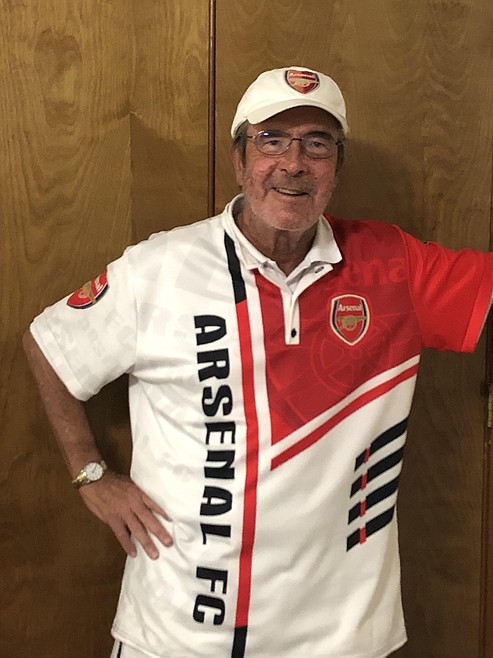ZAGS TRACKER with STEVE CAMERON: Zags elite despite being mediocre from deep
|
December 4, 2021 1:20 AM
Just for the record …
I hate the 3-point shot.
Sure, I’m dating myself, but I grew up playing hoops (at a pretty decent level), and the whole concept was to work for a good shot — preferably close to the basket...
Become a Subscriber!
You have read all of your free articles this month. Select a plan below to start your subscription today.
Already a subscriber? Login



